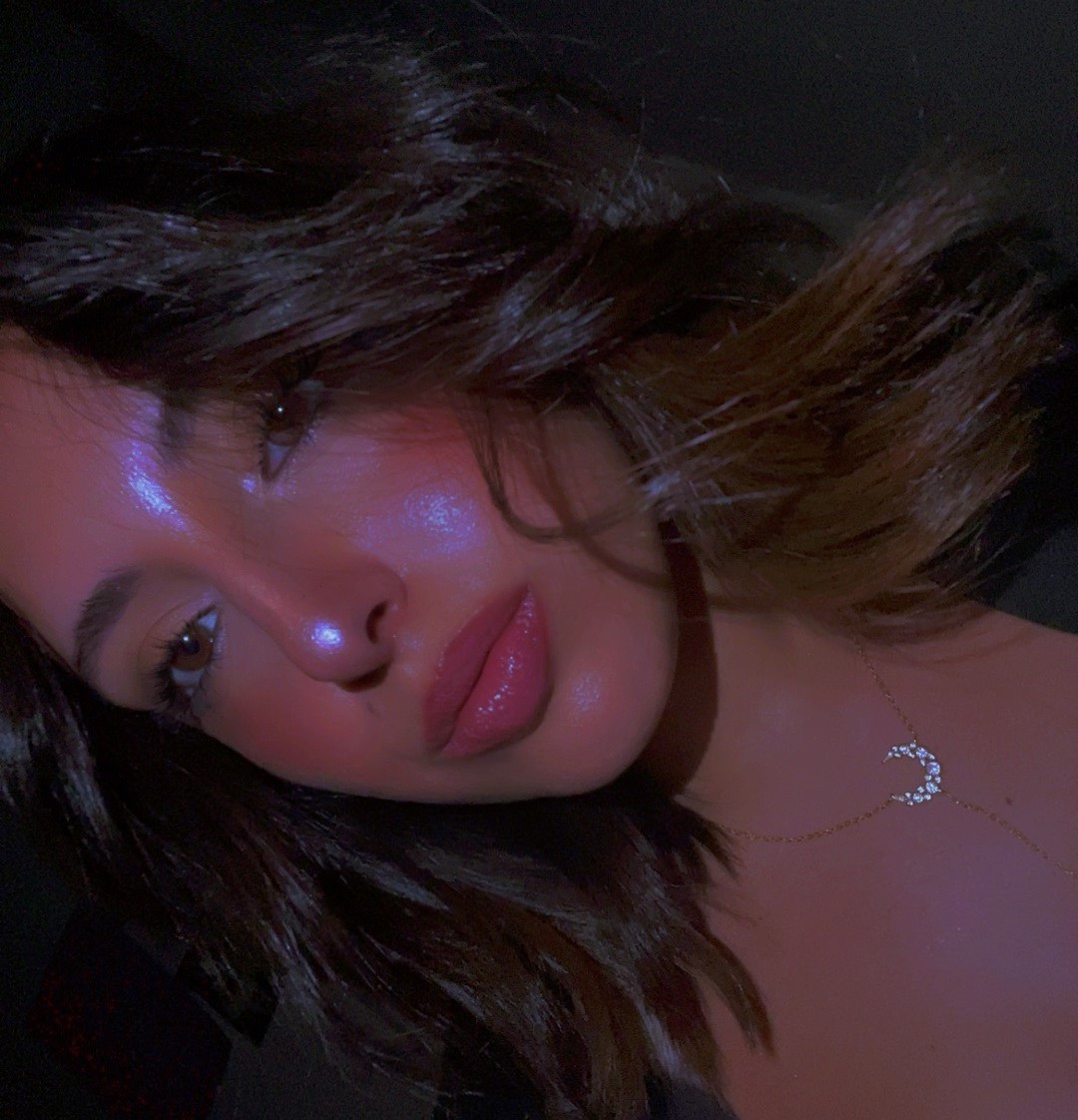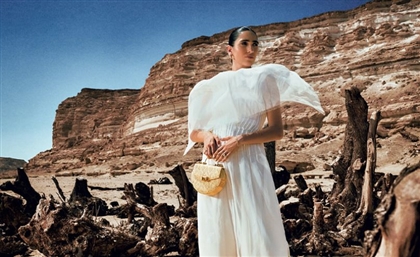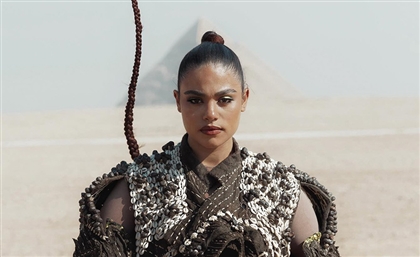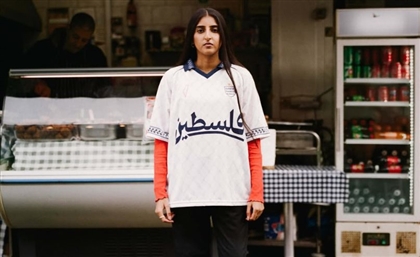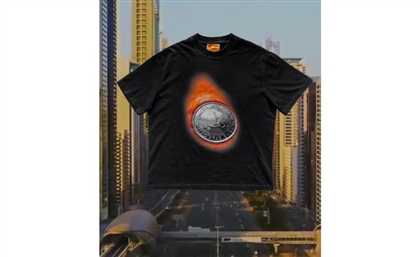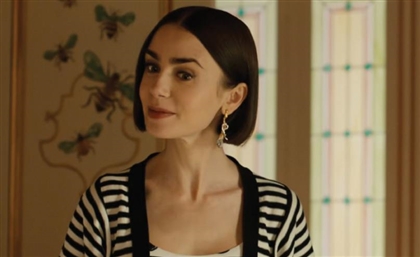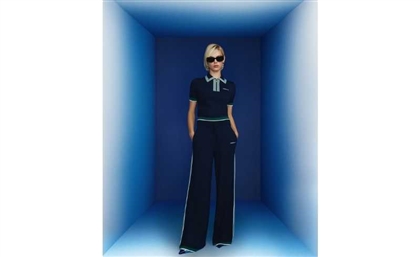How Kamushki’s Jewellery Mystifies Cultures & Merges Worlds
Every single piece behind the UAE-based brand has a meaning and story, from good luck charms to protection amulets, as orchestrated by the Swiss/Libyan sister duo.
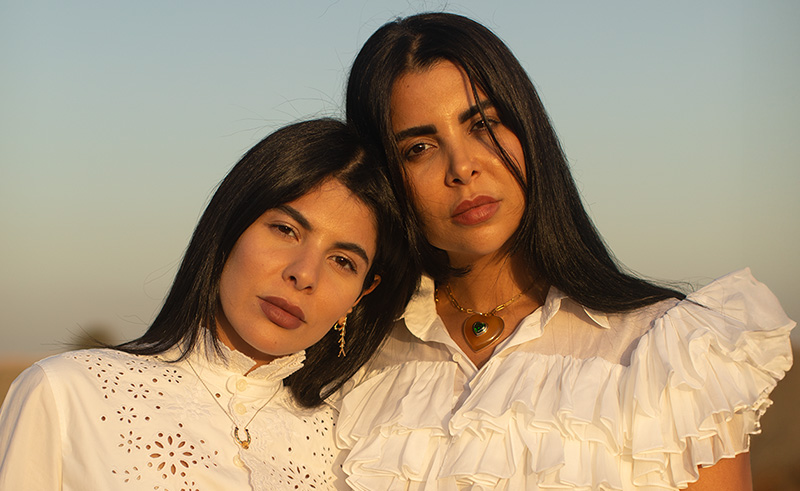
The gold souks of Libya were a kaleidoscope of sights for young Mariam and Dania Sawedeg. Following their mother on shopping expeditions, their eyes would widen at the glittering display of jewels - intricate necklaces adorned with vibrant stones, and bangles that jingle with tales of faraway lands. These early encounters with exotic treasures manifested into a passion for jewellery that would one day blossom into UAE-based Kamushki, a brand that weaves stories of their travels into every piece.
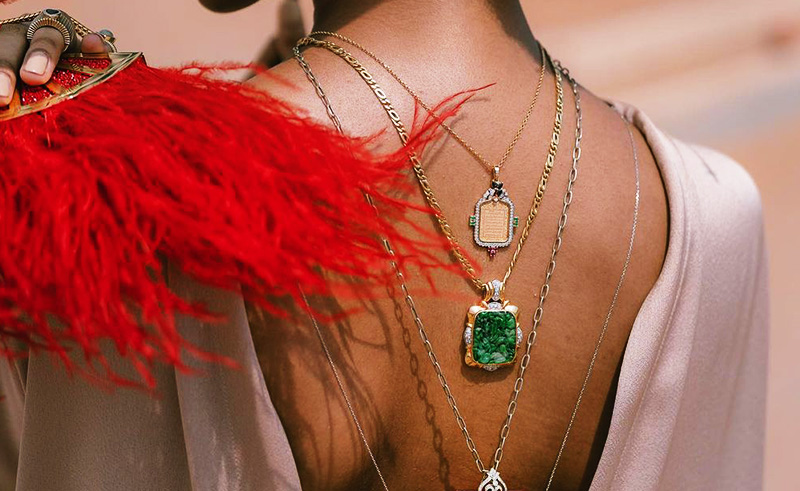
Mariam Sawedeg, the designer behind Kamushki, honed her skills at the prestigious GIA institute in London. Her designs reflect the sisters’ global spirit, while Dania Sawedeg, with her background in media and communications, ensures the brand stays fresh and relevant, her finger always on the fashion pulse. Together, they form a dynamic duo, their contrasting strengths complementing each other. This sisterly bond shines through in every piece of Kamushki jewellery, each one infused with their zest for travel and love for storytelling.
This isn't just a tale of two sisters and their love for jewellery. It's also about their love for travel and their multicultural upbringing. Raised in Switzerland with Libyan roots, their childhood was a blend of two worlds alongside their travels. They absorbed everything, from the cosmopolitan energy of cities like London, Geneva, Zurich, and Dubai, to the deep cultural heritage of Tripoli, to the vibrant colours of the Far East like Hong Kong and Singapore. “We used to always travel together,” Sawedeg recalls. Each journey added a new thread to the fabric of their creativity.
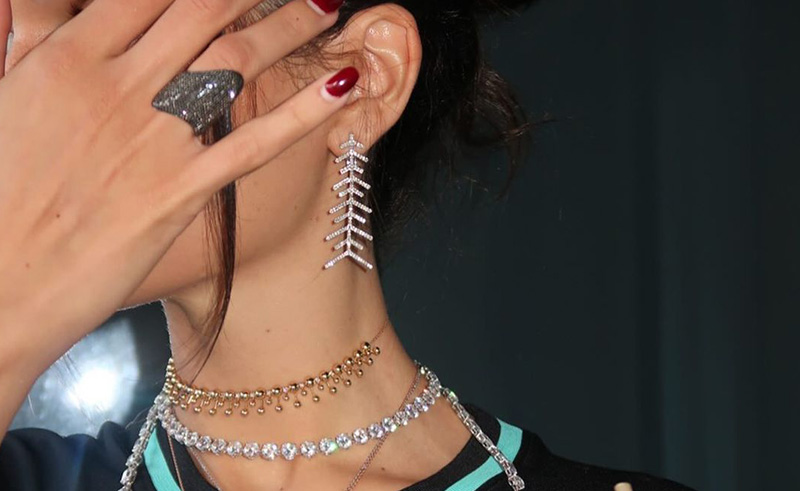
The brand name Kamushki was born when Mariam Sawedeg was taking a jewellery course. In that course, she met her close friend, Katia, who was Russian, and they came across the word, which means stones in Russian. Almost a merge of their names, the name ‘Kamushki’ stuck. “We don’t really tell this story. While our name’s origin might not be widely known, it holds special significance. We grew up with a lot of Russians in Switzerland and wanted to give a nod to that, and we always want to incorporate different cultures in our pieces.”
“We wanted to use Kamushki as an outlet to tell the story of our Libyan culture,” Sawedeg explains. “Nobody knows Libyan culture. The world often sees Libya through a narrow lens of political turmoil. But behind the headlines lies beauty, traditions, and a culture that deserves to be celebrated.” Their most recent trip to Libya sparked a renewed appreciation for the stories they tell. “We continuously get inspired by our own culture, and we try to educate people about our country through our designs - especially the wishbone.”
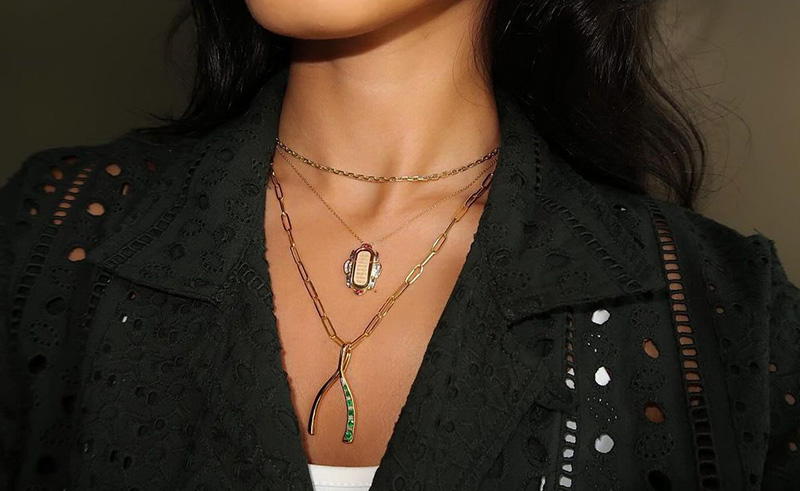
One of their most popular pieces, the ‘Wishbone,’ is a manifestation of this Libyan heritage. “The wishbone holds a special place in my heart. It wasn't just the starting point for Kamushki; it's become our signature element, a symbol we constantly revisit and reimagine with each collection,” Sawedeg explains. This motif reflects their commitment to growth and evolution while staying true to themselves, a reminder of the brand's past journey and its ever-expanding story. “In Libya, it’s such a big part of our culture, where the fish is believed to bring fortune and goodness. It’s in so much of Libyan traditional designs and everyday life; even my grandma had a tattoo of it.” Beyond the cultural aspect, the founder emphasises the diverse and special significance of the fish, even across different religions.
“For Mariam, the horseshoe is her favourite, and Ayat Al Kursi is also very special to us. When we were young, my mom gifted it to us, and we grew up with it.” This piece, launched during Ramadan, is deeply significant to the founders. “We’re Muslims; we need Ayat Al Kursi. It’s the protecting verse in the Quran, and that’s so powerful.” Despite it being a purely religious piece, the founders have encountered many non-Muslims from around the world who have purchased it and shown interest, “We have friends that aren’t even Muslim but resonated with it and its energy. Even Muslims who didn’t feel spiritually ‘there’ yet. In the end, we are all one.”
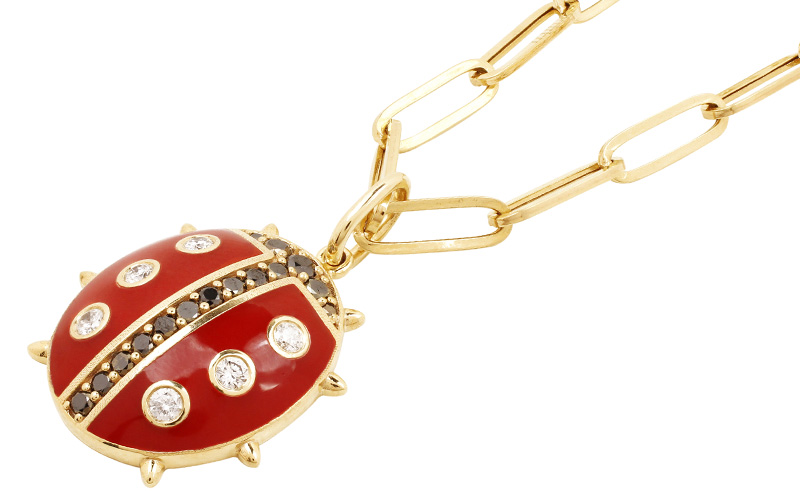
One of their most recent pieces is the ‘Love Bug,’ “It reminds us of our childhood in Switzerland because we used to live next to a farm and ladybugs were always flying around.” A symbol of good luck, ladybugs would often seek out the sisters, landing on their hands and swarming around them. “This summer, while visiting Greece, my sister experienced a moment of pure fate. A ladybug landed on her hand, a seemingly small event that resonated deeply with us. It was a nudge in the right direction, a sign to finally pursue a design we'd been thinking about creating.”
While their heritage serves as a cornerstone, Kamushki isn't afraid to push boundaries and borders. “We had a previous collection called Wicked, with these big bulla necklaces, and it’s also a symbol for protection from Ancient Roman culture.” Kamushki’s designs are always imbued with stories about protection and energy, as evident in their previous pieces and collections. “When I wear jewellery, I really do feel a sense of protection.” Their signature motifs take on a modern twist, respecting tradition but reimagining it for a global audience.
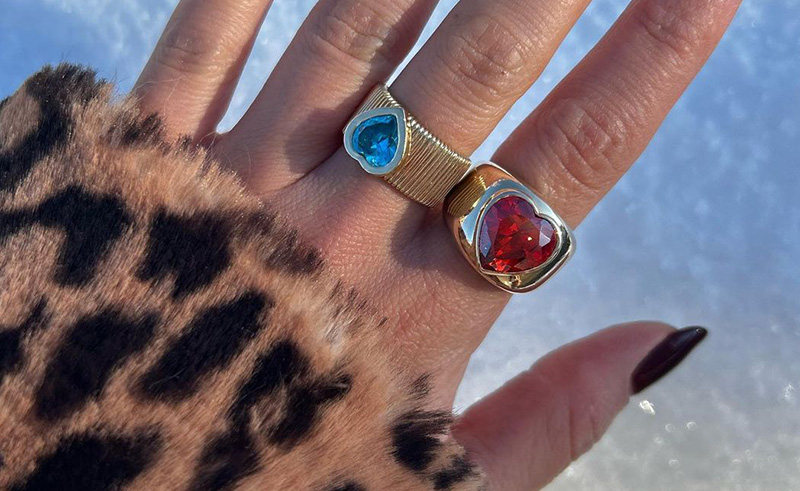
Each stone has a purpose and offers a slice of protection. For example, they use a lot of rubies in their designs, which are healing stones, and diamonds, which are Aries’ birthstones - both of the sisters’ star signs. “We are very spiritual - me and my sister. Mariam especially finds solace in meditation and believes each gemstone carries a meaning, giving off its own energy,” Sawedeg reveals. “Our designs tell the stories, conveying the essence of these gemstones through our form and materials.”
“My mom is the biggest inspiration for the brand,” Sawedeg points out. “She loves jewellery, and so does my dad, actually.” The essence of Kamushki lies in their familial ties, beyond their prevalent sisterhood. “My whole family is very spiritual. We believe in the goodness of people and the goodness of the world.” Besides their roots, one of the main attributes to who they are today is how accepting and receptive they are. “Being Muslim, our religion allows us to be open to things, complementing our path to self-love.”
“In the past four years, we’ve moved away from traditional seasonal collections. Jewellery is timeless, and for us, that translates into releasing our designs in curated drops, allowing us to follow our creative impulses. You don't have to release a collection every single season,” she reveals their philosophy. The Sawedeg sisters truly see and believe in the value of jewellery and how it can serve as heirlooms, more so than any clothing piece or accessory. “We view jewellery as more than an adornment, never losing its value. Jewellery is treasured for generations; you can rework it, you can sell it, you can share it with someone you love. It tells a story.”
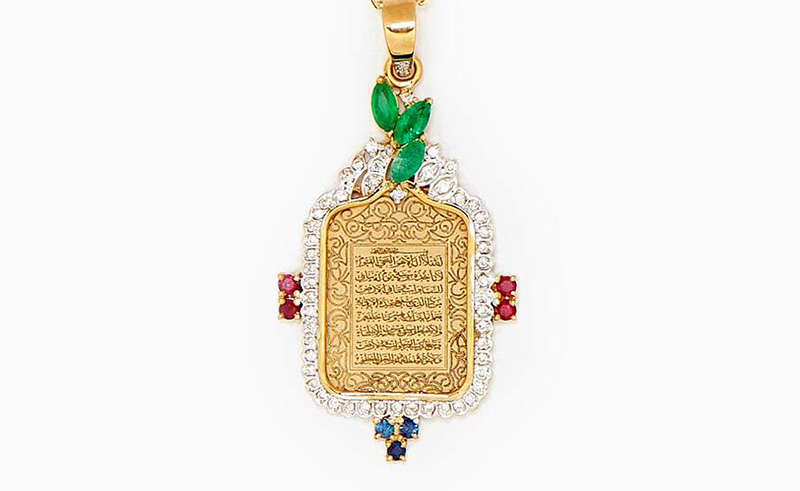
Kamushki is planning on expanding into other parts of the world, like the USA. Already selling in Doha, Kuwait, Saudi Arabia, and more, Kamushki is poised to transform into a lifestyle brand, not just jewellery. “We’re aiming to do more diverse designs in-house, like coffee tables, perhaps books and clothing garments.”
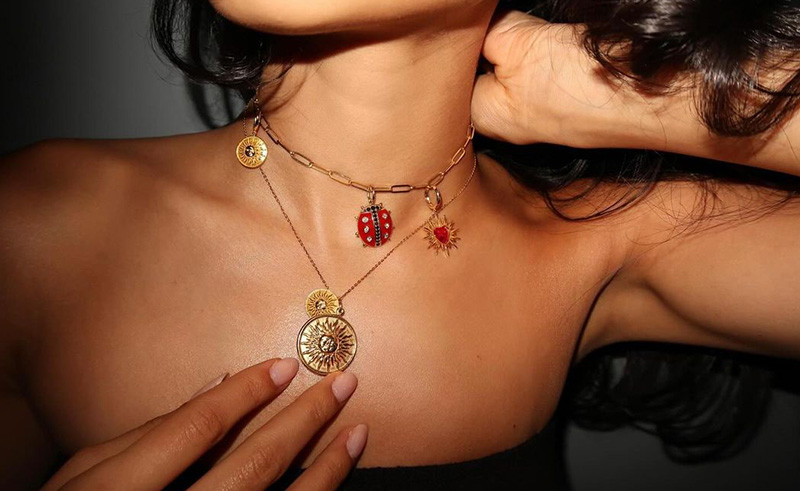
- Previous Article Salim Azzam Unveils Whimsical Dancing Out of the Chrysalis Collection
- Next Article Monochrome Monday: The Electric Blue Edition
Trending This Month
-
Dec 08, 2025

